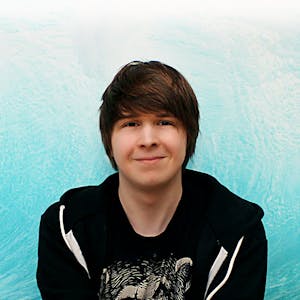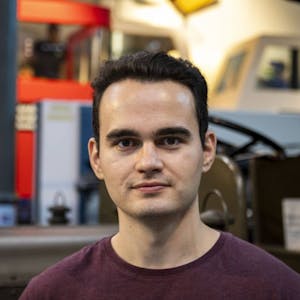Instead of manually drawing each image like traditional art, generative artists write programs that are capable of producing a variety of results. In this workshop you will learn how to create incredible generative art using only a web browser and text editor. Starting with basic concepts and building towards advanced theory, we will cover everything you need to know.
This workshop has been presented at JS GameDev Summit 2022, check out the latest edition of this JavaScript Conference.











Comments